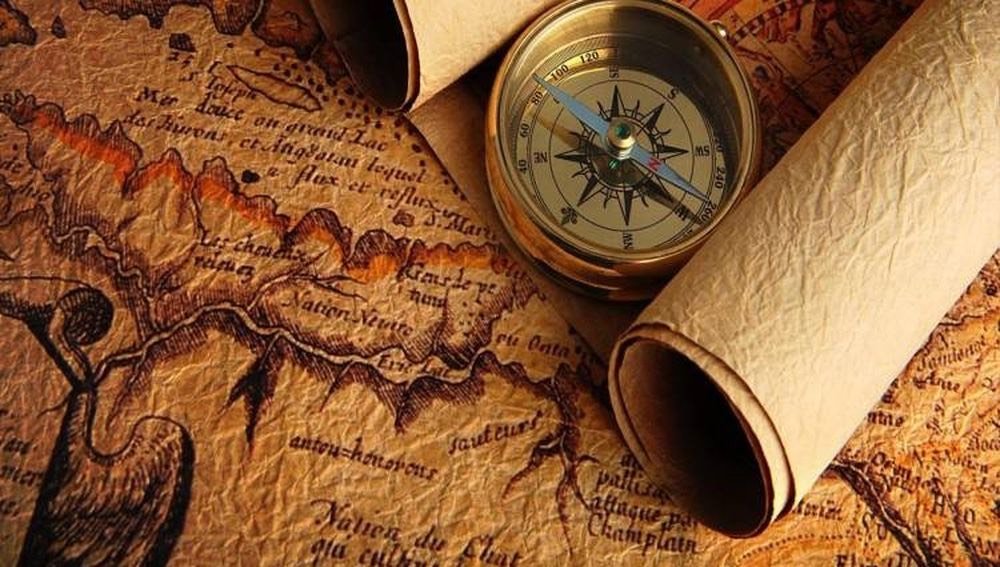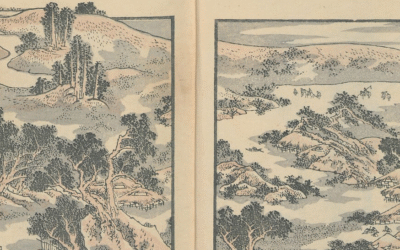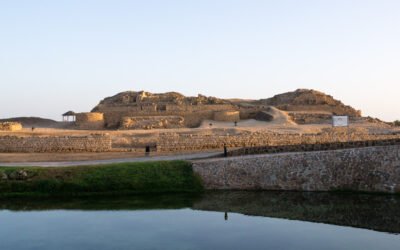Mastering the Seas: Omani Maritime Navigation Techniques and Calendars Explained
Oman has a rich maritime heritage, with its sailors historically recognized for their exceptional navigation skills and deep understanding of the sea. This article explores the innovative methods and traditional tools employed by Omani mariners to navigate the vast oceans and interpret weather patterns.
Traditional Navigation Techniques
Omani mariners relied heavily on celestial navigation, utilizing the stars and other celestial bodies to guide their journeys. One of the most significant stars in their navigation toolkit was the “Jah” star, known for its consistent position in the night sky. This star served as a reliable reference point; for instance, a log entry stating that the port of Muscat is at “Jah 5” indicates that the star rises five finger-widths above the horizon at that specific location. By observing the height of the Jah star at regular intervals, typically every 24 hours, captains could accurately determine their position on the ocean’s surface.
Early navigators, such as Ahmad ibn Majid al-Sa’di and Sulayman al-Mahri, were pioneers in this field, relying on stellar measurements to navigate the seas. In the 16th century, these navigators used a unit of measurement called “al-banan,” meaning “finger,” to calculate the height of a star in the sky above the horizon. The captain would count fingers along the edge of the ship to determine their location on the ocean’s surface, with the “Jah” star being instrumental in identifying positions and ports. Later, mariners in the 19th century shifted to relying more on solar measurements, reflecting the evolving nature of navigation techniques.
The Unique Maritime Calendar
The people of the sea developed a unique system for tracking time, using numbers instead of names. They divided the year into 36 parts, each called a “Dar,” with “Dar” representing the number ten among maritime communities in the Gulf region. This numerical approach to timekeeping was distinctly different from that of desert dwellers and urban populations, who used the names of stars and referred to specific durations known as “Naw.” In Arabic, “Naw” means the rising or appearance of a star in the sky, highlighting the connection between celestial events and timekeeping in these cultures.
Essential Navigational Instruments
In addition to celestial bodies, Omani navigators employed a variety of traditional instruments to enhance their maritime skills:
- Batli: This instrument was used for measuring distances and determining locations. It was crucial for understanding the ship’s position relative to land and other navigational points.
- Kamal: A simple yet effective tool, the kamal allowed sailors to measure the angle of stars above the horizon. This enabled them to establish latitude and enhance their navigation accuracy.
These tools, combined with a deep understanding of ocean currents, tides, and local weather patterns, equipped Omani mariners with the knowledge needed to traverse vast distances safely.
The Role of Calendars in Navigation
Calendars played a vital role in the maritime practices of Oman. Omani navigators developed their own calendars based on lunar cycles, which helped them plan voyages and anticipate seasonal weather changes. By aligning navigational practices with the lunar calendar, mariners could optimize their sailing times for favorable winds and calmer seas.
Conclusion
The expertise of Omani mariners in navigation and their innovative use of traditional tools underscore a profound relationship with the sea, shaped by centuries of experience and cultural knowledge. Understanding these practices not only highlights the ingenuity of Omani sailors but also enriches our appreciation for maritime history. As modern navigation techniques continue to evolve, the legacy of Omani maritime navigation remains a testament to human adaptability and the quest for exploration.




